Optimal Timing for Foundation Repairs
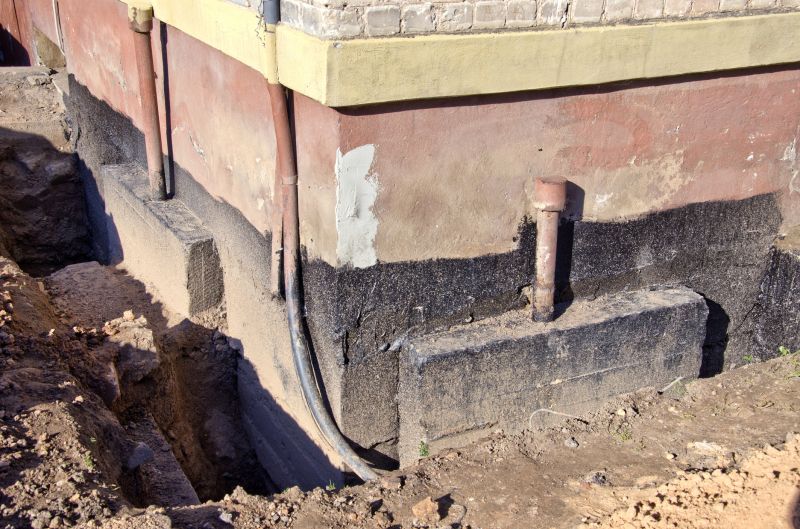
Spring offers moderate weather conditions, making it suitable for foundation repairs without extreme heat or cold.
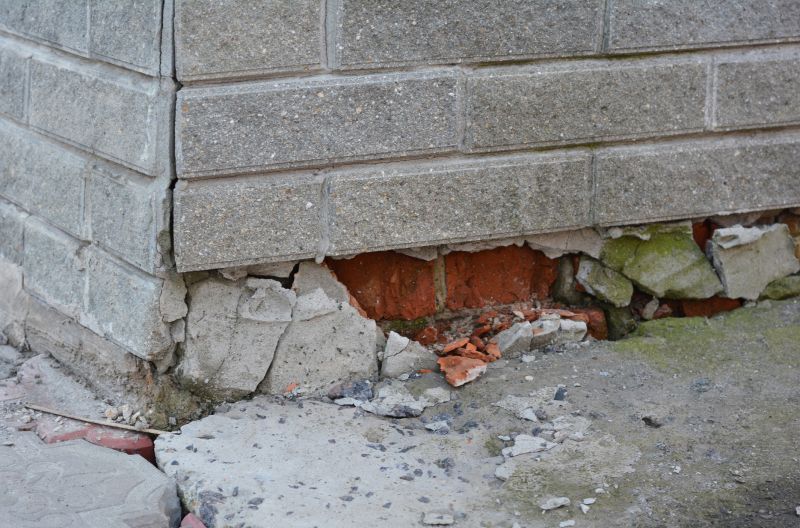
Summer can be challenging due to high temperatures and dry soil, which may cause additional shifting or cracking.
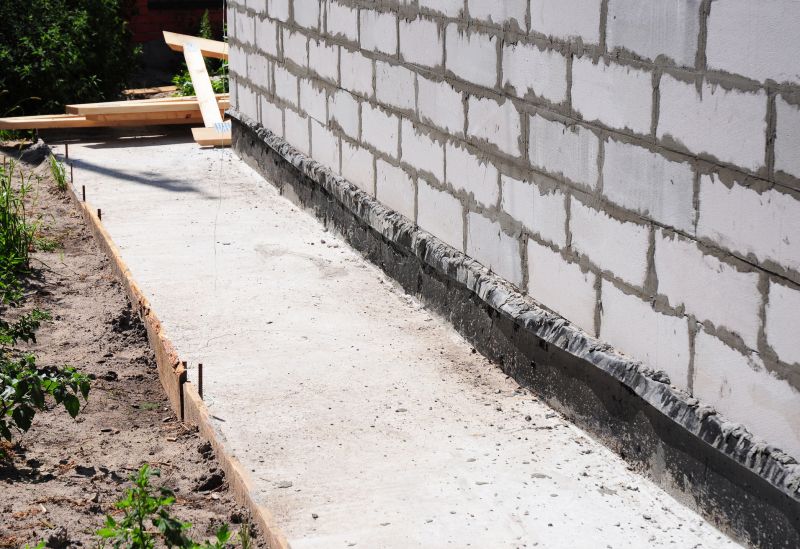
Fall provides cooler temperatures and stable soil conditions, ideal for foundation work before winter.
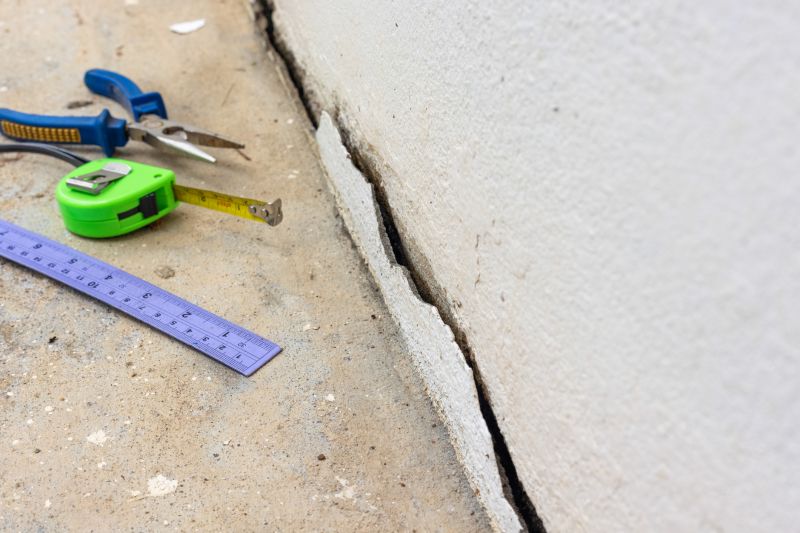
Ways to make Foundation Repairs work in tight or awkward layouts.
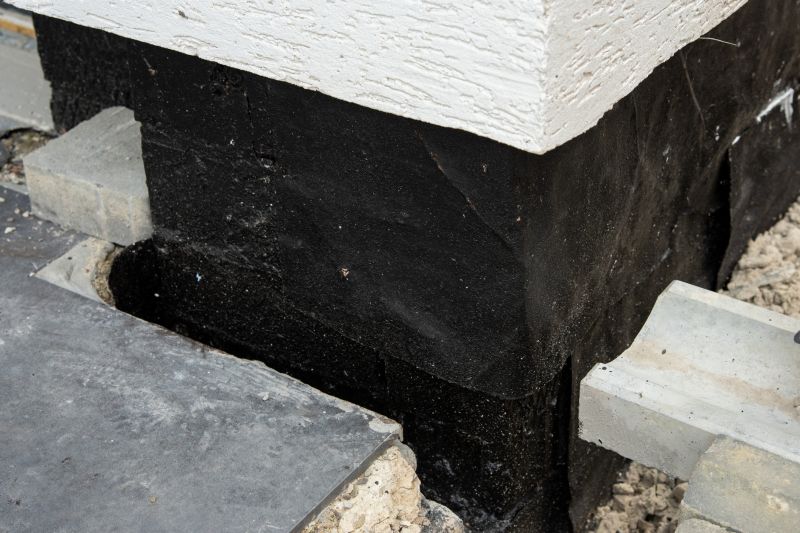
Popular materials for Foundation Repairs and why they hold up over time.
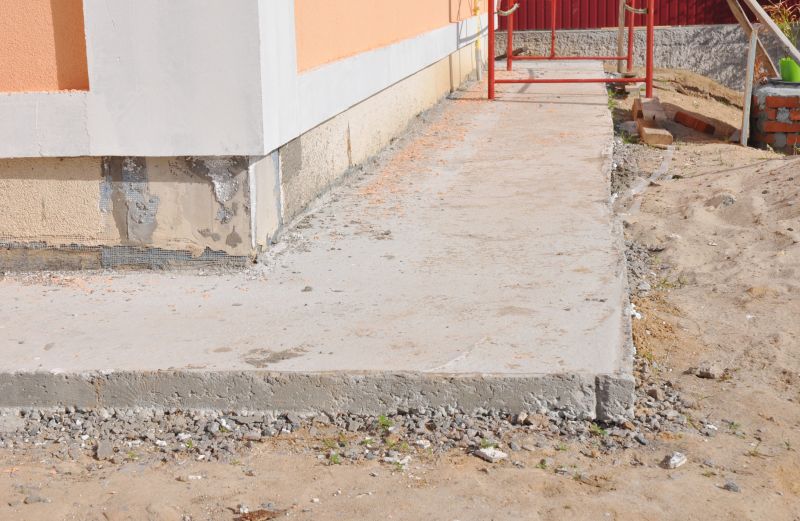
Simple add-ons that improve Foundation Repairs without blowing the budget.
Foundation repairs are critical for maintaining structural integrity and preventing further damage to a property. Timely intervention can help avoid costly repairs in the future. The best time to perform these repairs depends on weather conditions, soil stability, and moisture levels. Typically, moderate temperatures and stable soil conditions facilitate more effective and durable repairs. Extreme weather, such as freezing temperatures or intense heat, can hinder repair processes and affect the longevity of the solutions implemented.
Statistics show that foundation issues are among the most common structural problems faced by homeowners, with approximately 25% of homes experiencing some form of foundation settlement or cracking. Addressing these issues promptly can prevent further deterioration, reduce repair costs, and improve safety. Seasonal considerations, such as avoiding winter when ground freezing can complicate repairs, are important for optimal results.
Cracks in walls or floors, uneven flooring, and sticking doors are common indicators of foundation issues.
Repairs may include piering, underpinning, or stabilization to restore structural integrity.
Soil type and moisture levels significantly influence foundation stability and repair strategies.
Repair costs vary based on the extent of damage, repair method, and property size.
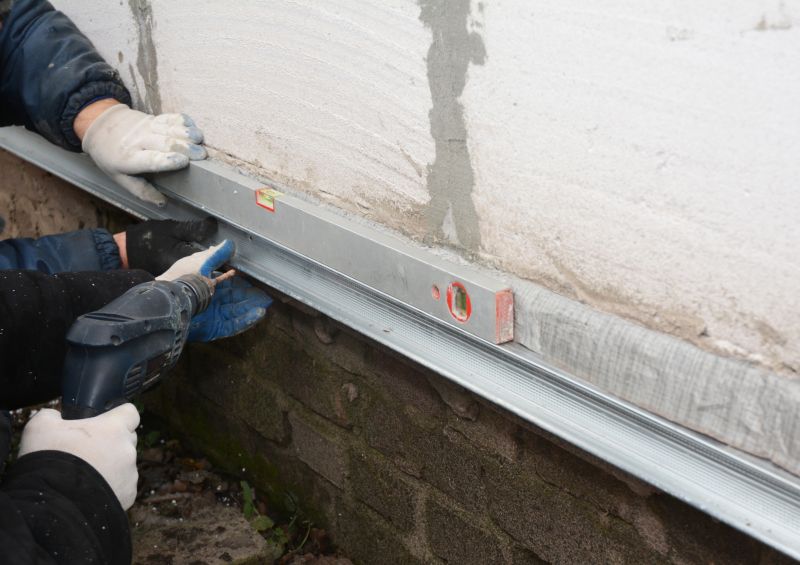
Step-by-step approach includes inspection, planning, and execution of repair techniques.
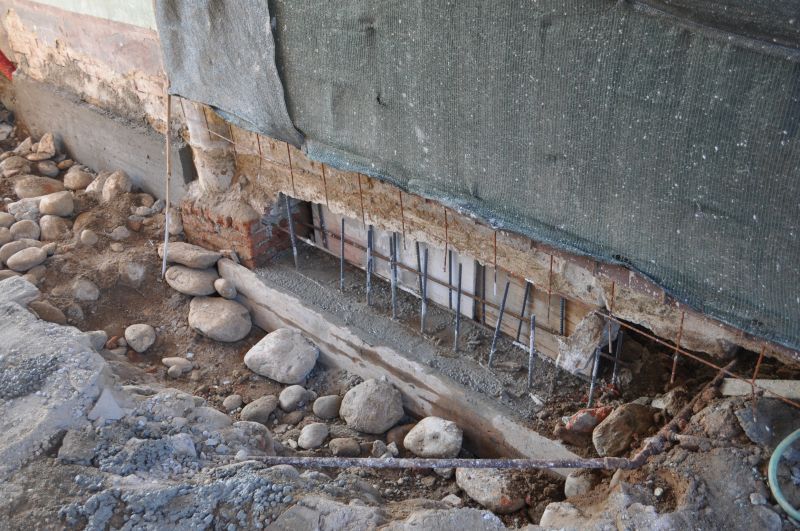
Reinforcing foundations with piers or underpinning restores support and prevents future issues.
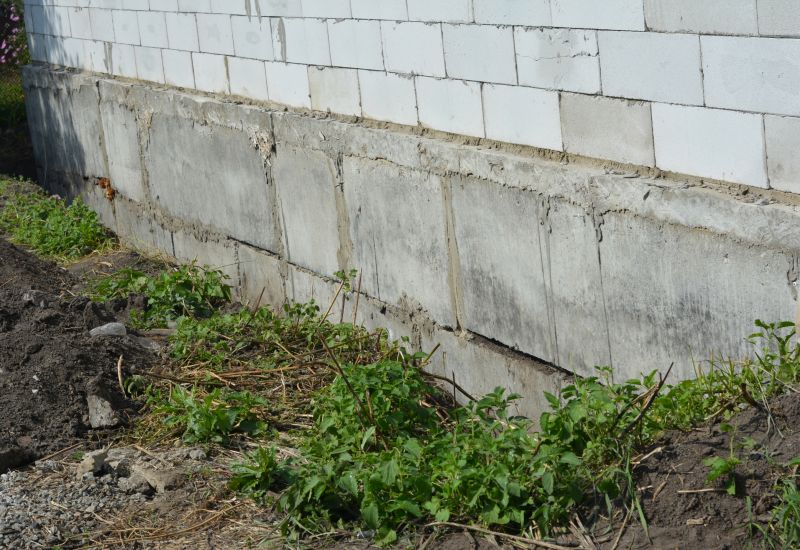
Methods like soil injection or compaction improve ground stability around foundations.
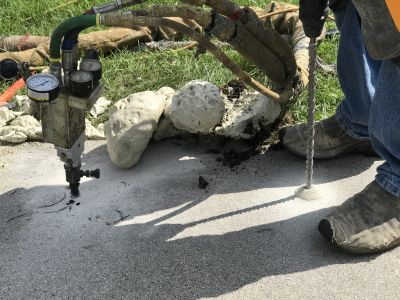
Heavy machinery and specialized tools are essential for effective foundation stabilization.

High-end options that actually feel worth it for Foundation Repairs.
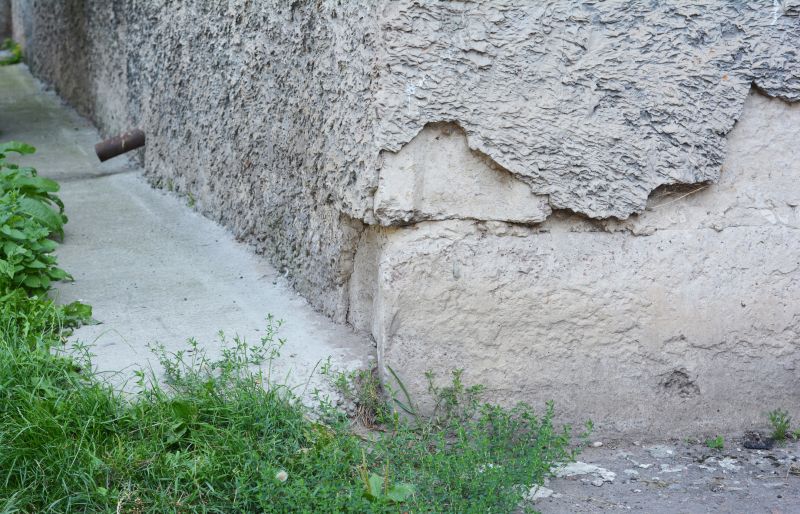
Finishes and colors that play nicely with Foundation Repairs.
| Season | Advantages | Considerations |
|---|---|---|
| Spring | Moderate weather, soil conditions conducive to repairs | Potential for rain delays |
| Summer | Longer daylight hours | High temperatures may cause soil shrinkage |
| Fall | Cooler temperatures, stable soil | Approaching winter may limit repair window |
| Winter | Limited, often not recommended due to ground freezing | May cause delays or complications |
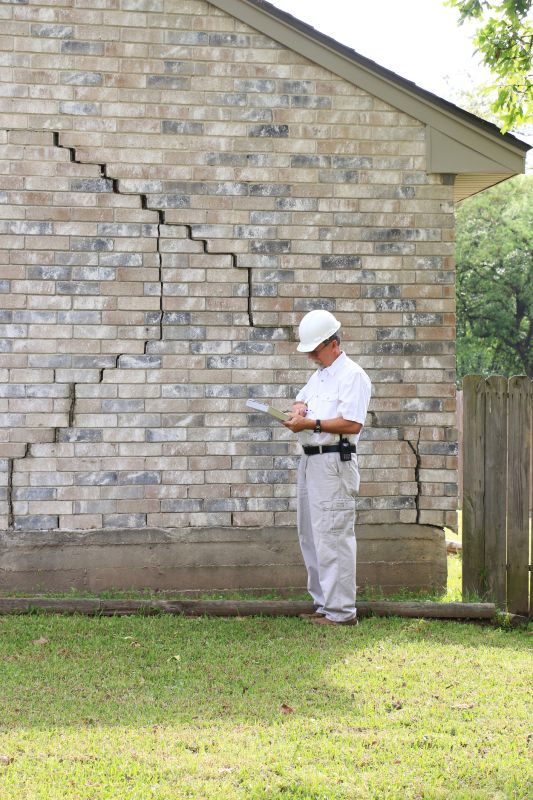
Professional assessment helps determine the best timing and repair method.
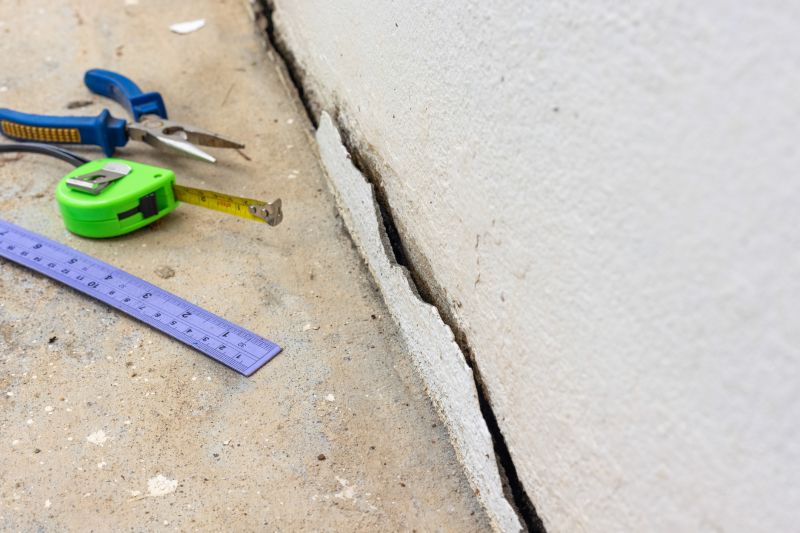
Analyzing soil conditions guides effective repair strategies.
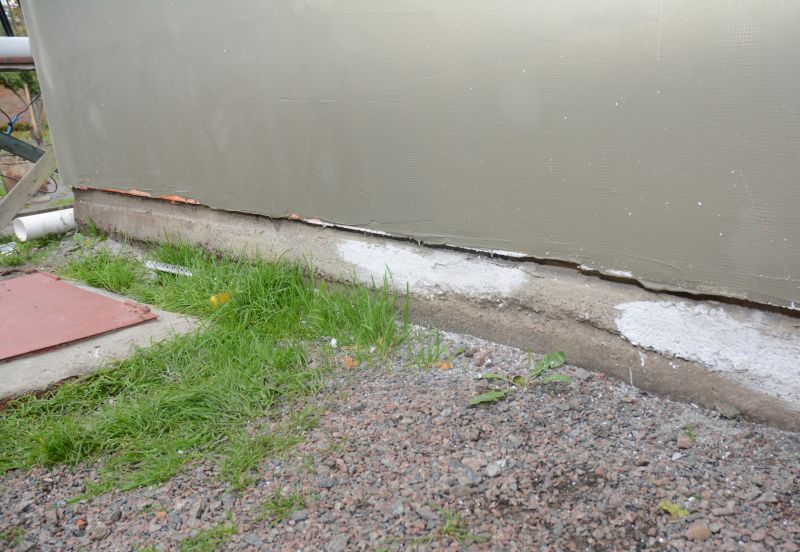
Ensures repairs are properly executed and long-lasting.

Advanced tools facilitate precise and efficient repairs.
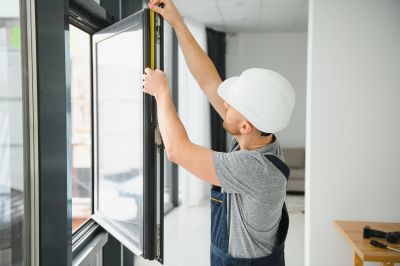
Little measurements that prevent headaches on Foundation Repairs day.

A 60-second routine that keeps Foundation Repairs looking new.
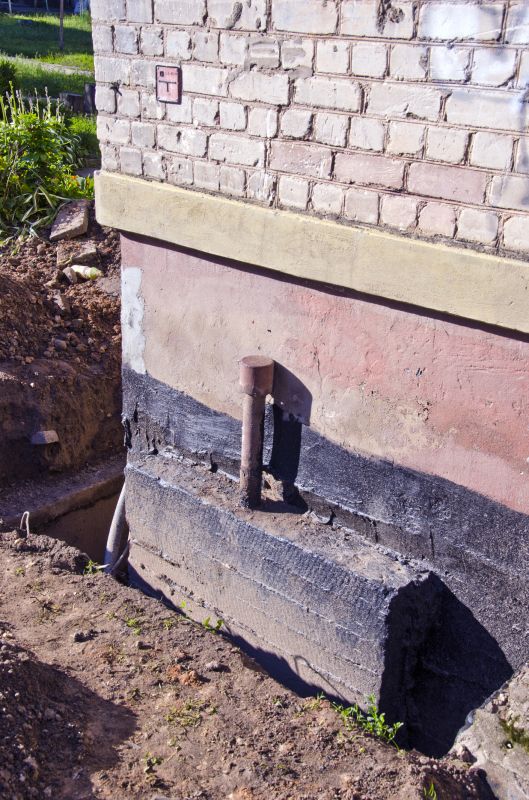
A frequent mistake in Foundation Repairs and how to dodge it.

Small tweaks to make Foundation Repairs safer and easier to use.
Timely foundation repairs are essential for preserving a property's value and safety. Understanding seasonal influences and soil conditions can help determine the optimal window for repairs. Proper planning and professional assessment ensure repairs are durable and effective, reducing the risk of future issues.
Interested property owners in Oak Forest, IL, can contact specialists for a comprehensive foundation evaluation. Proper timing and appropriate repair techniques can significantly extend the lifespan of a structure, safeguarding investments and ensuring safety.

